“I flew directly to Tigray. At Mekele airport, there were soldiers everywhere, even on the runway. They don't do anything, but they are there. On the way to the city, you will pass multiple checkpoints. As a Westerner, you are immediately singled out and questioned about what you’re doing here. They want to make sure that you’re not a journalist, because they do not tolerate prying eyes,” says ZOA’s emergency coordinator Hielke Zantema.
Dutch newspaper Trouw interviewed two Dutch aid workers who recently worked in Tigray, where the fight continues unabated. But no one knows exactly what is happening in the Ethiopian region. Click here to read the story.
De Verdieping
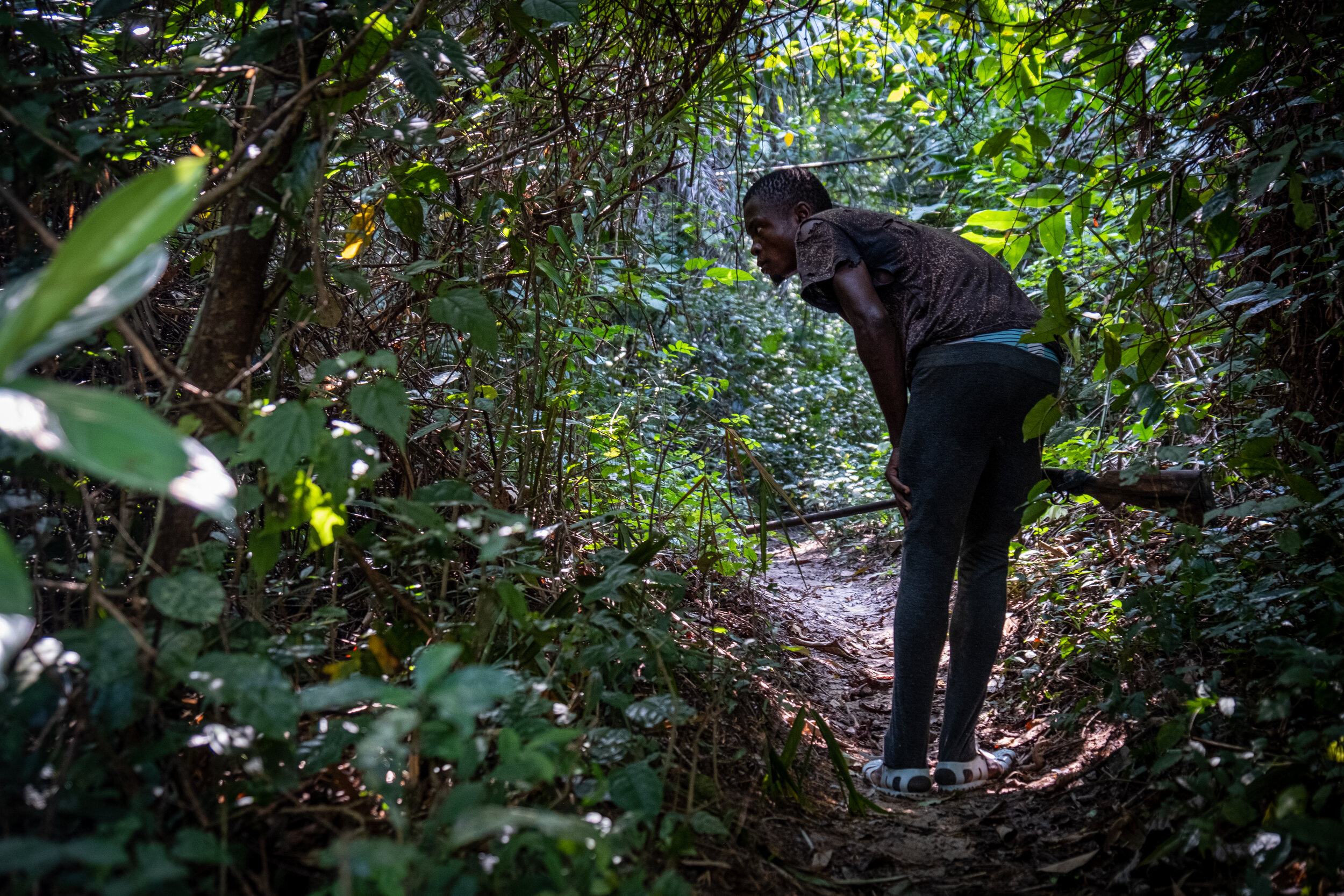
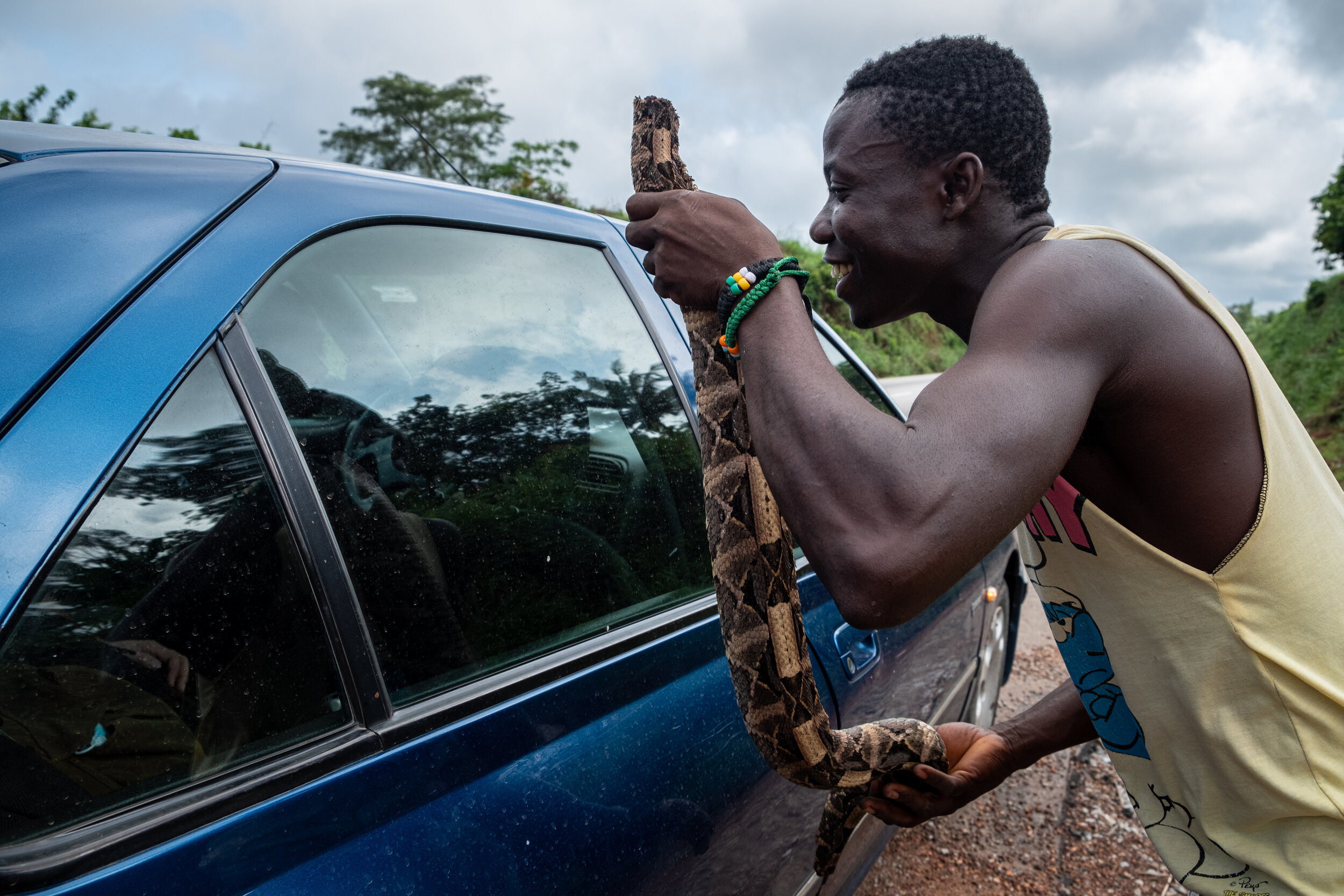
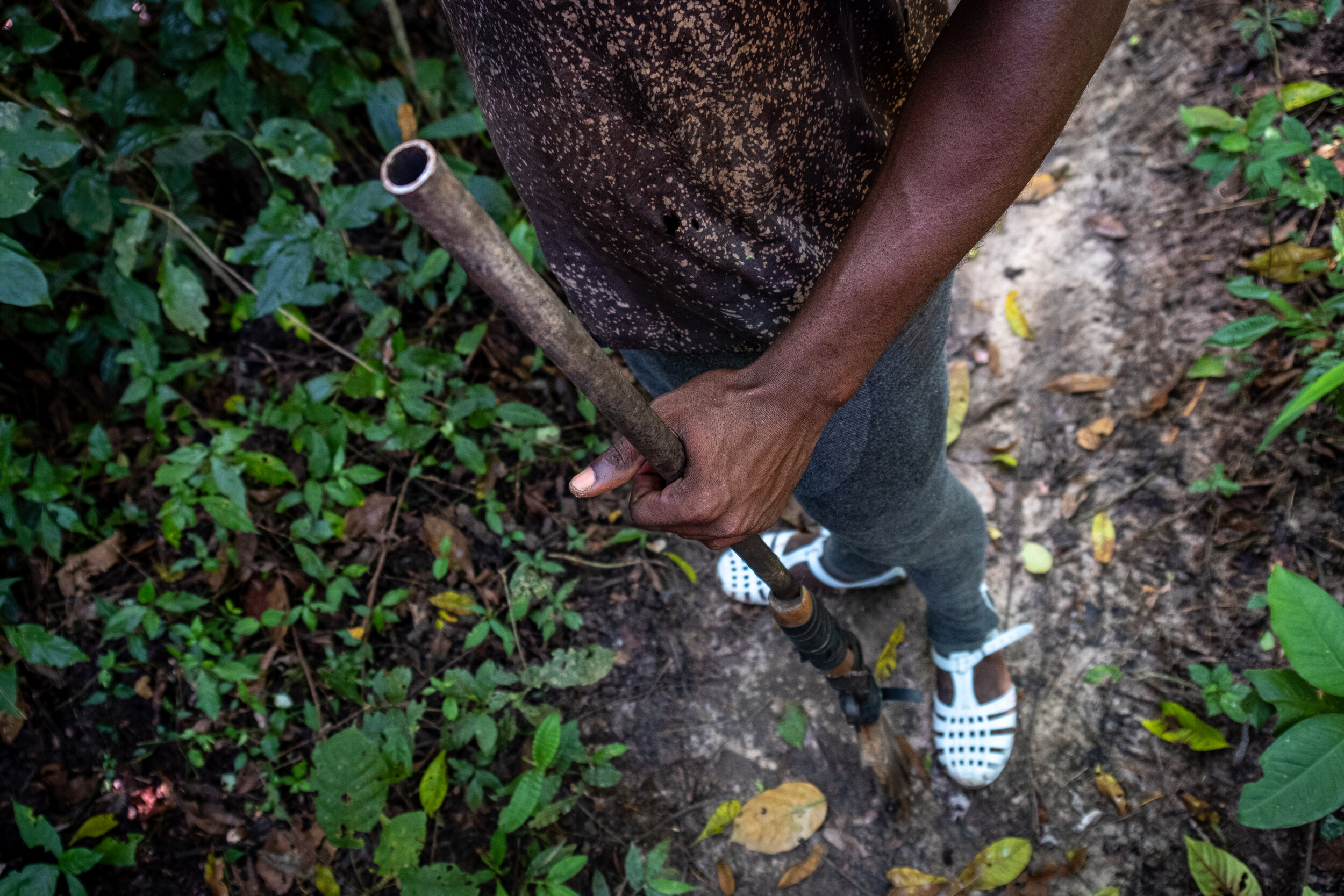
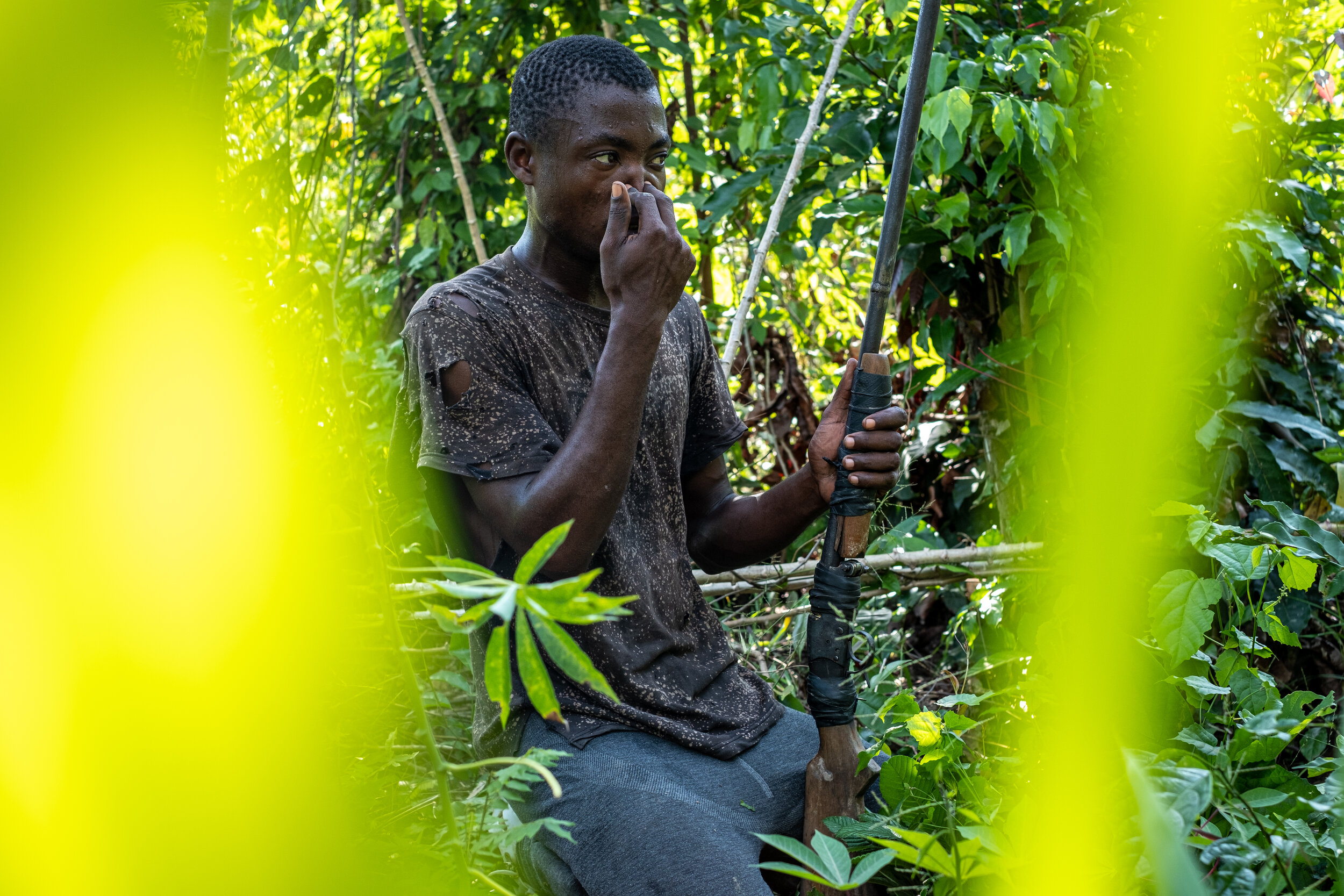

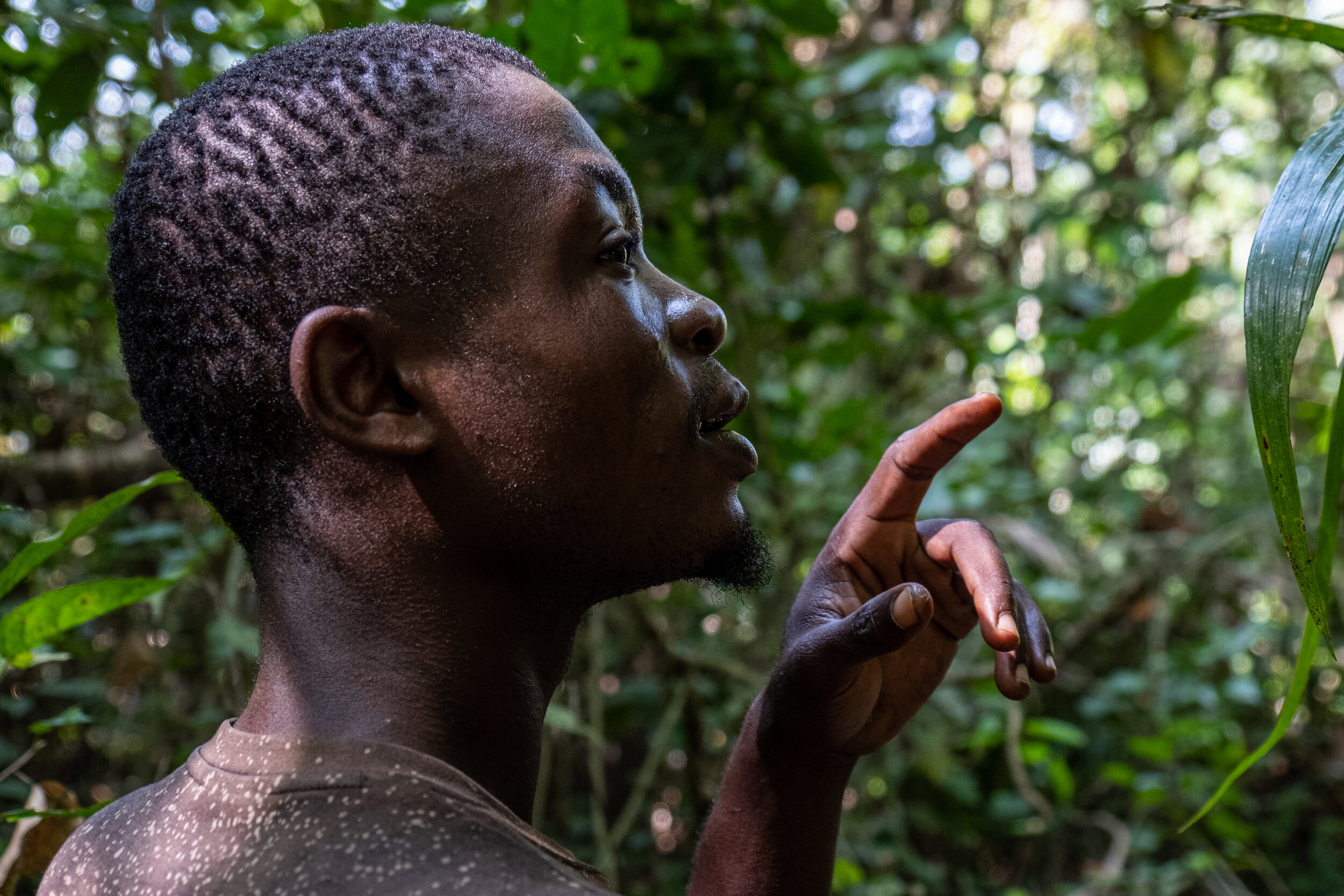

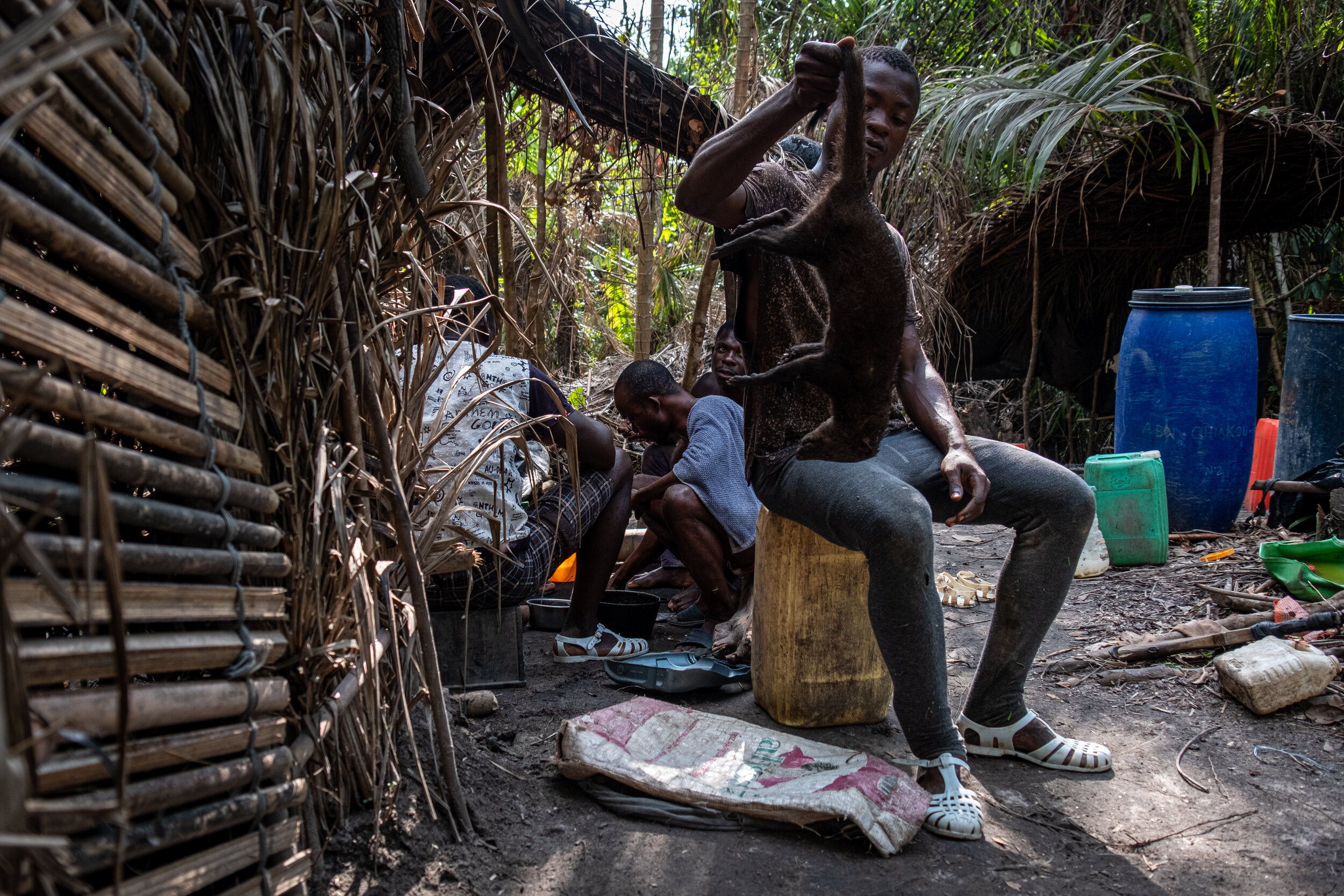
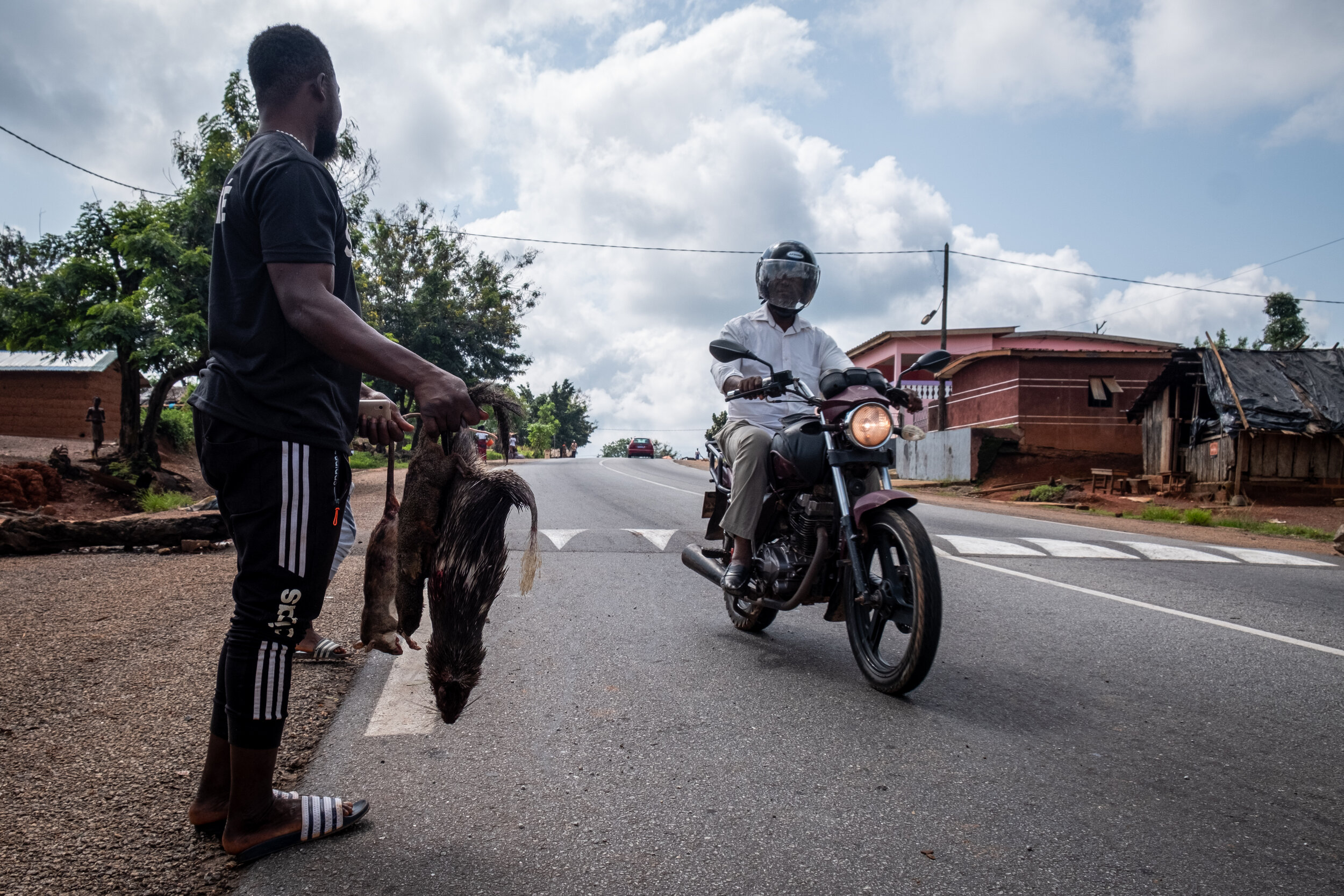
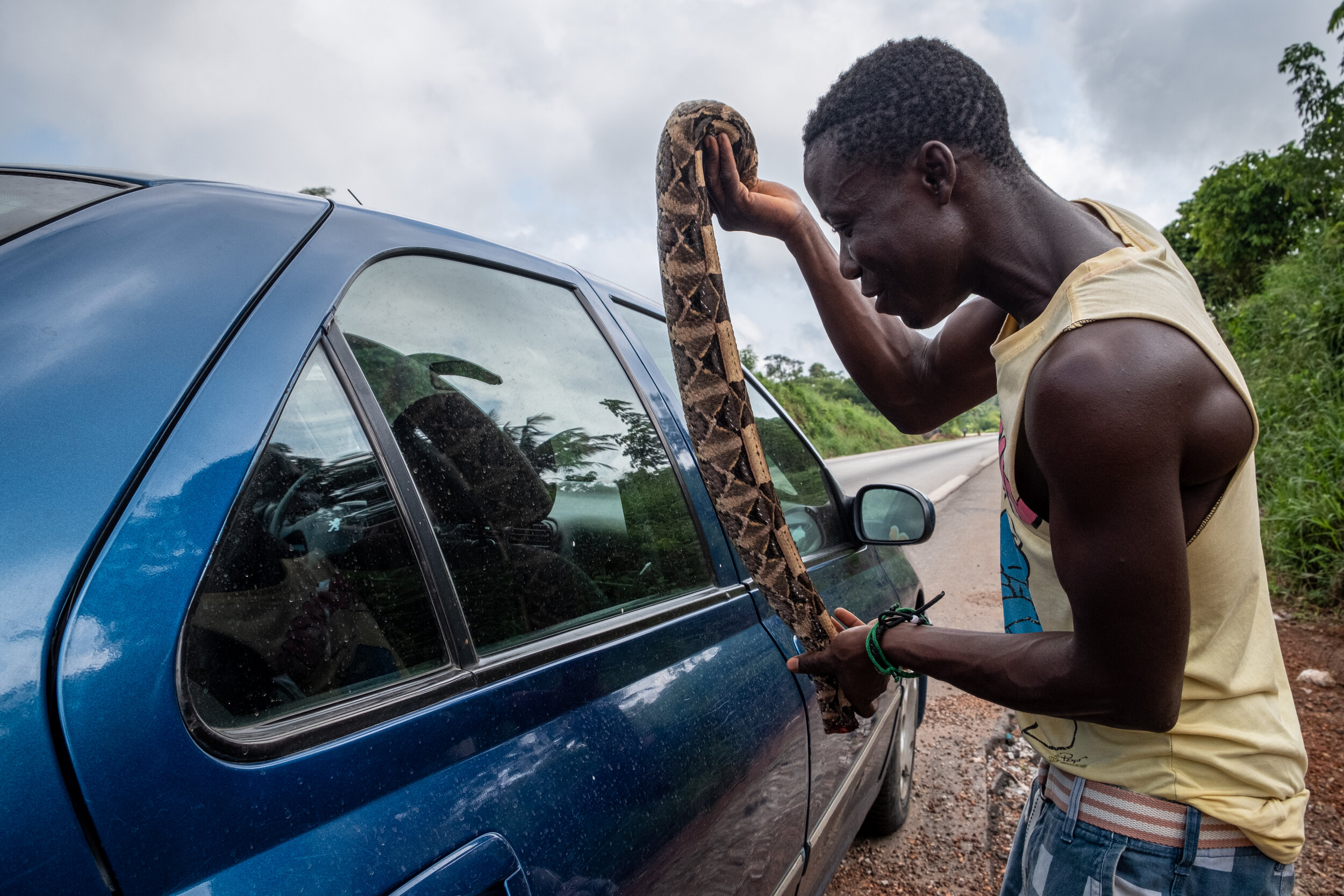
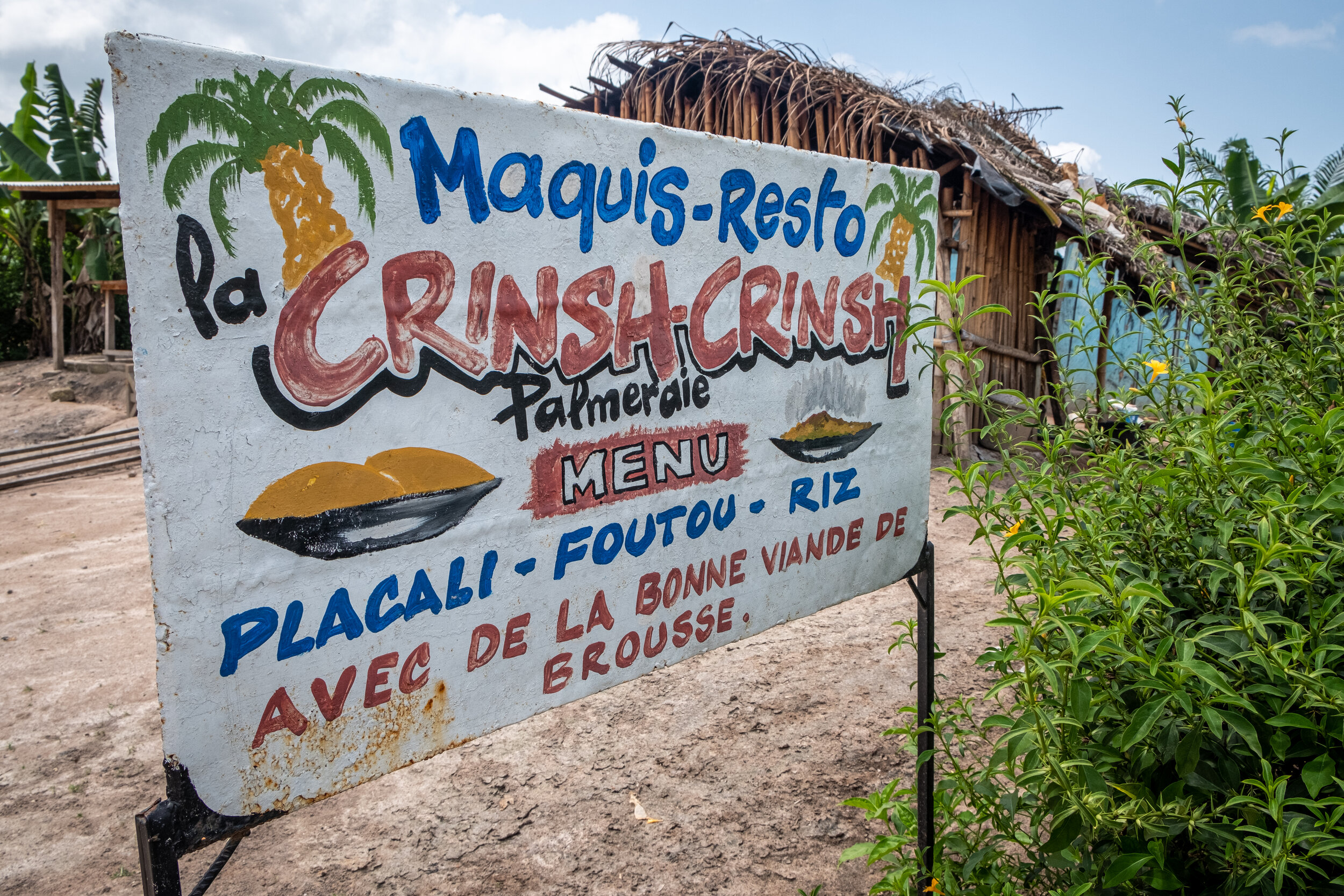
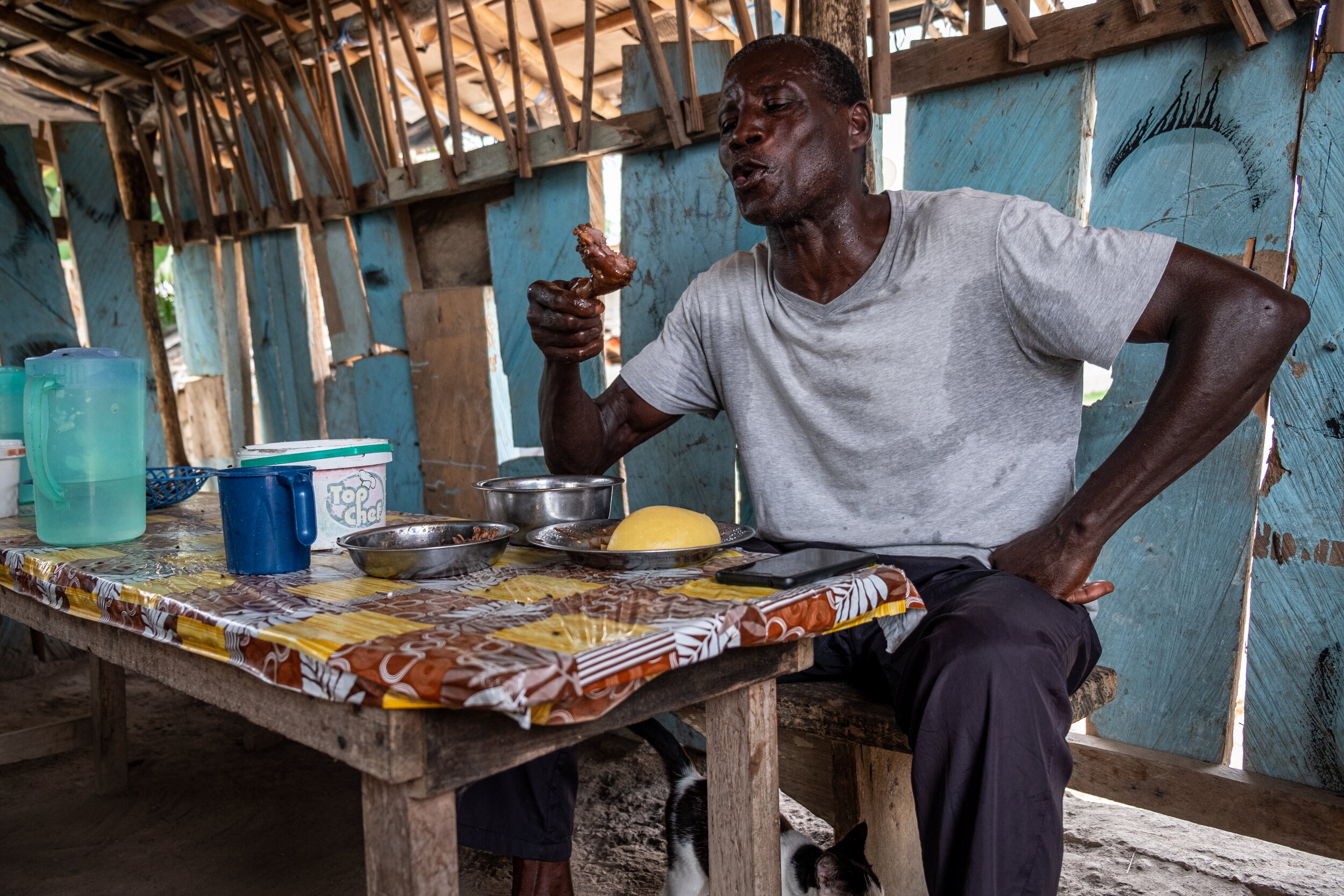


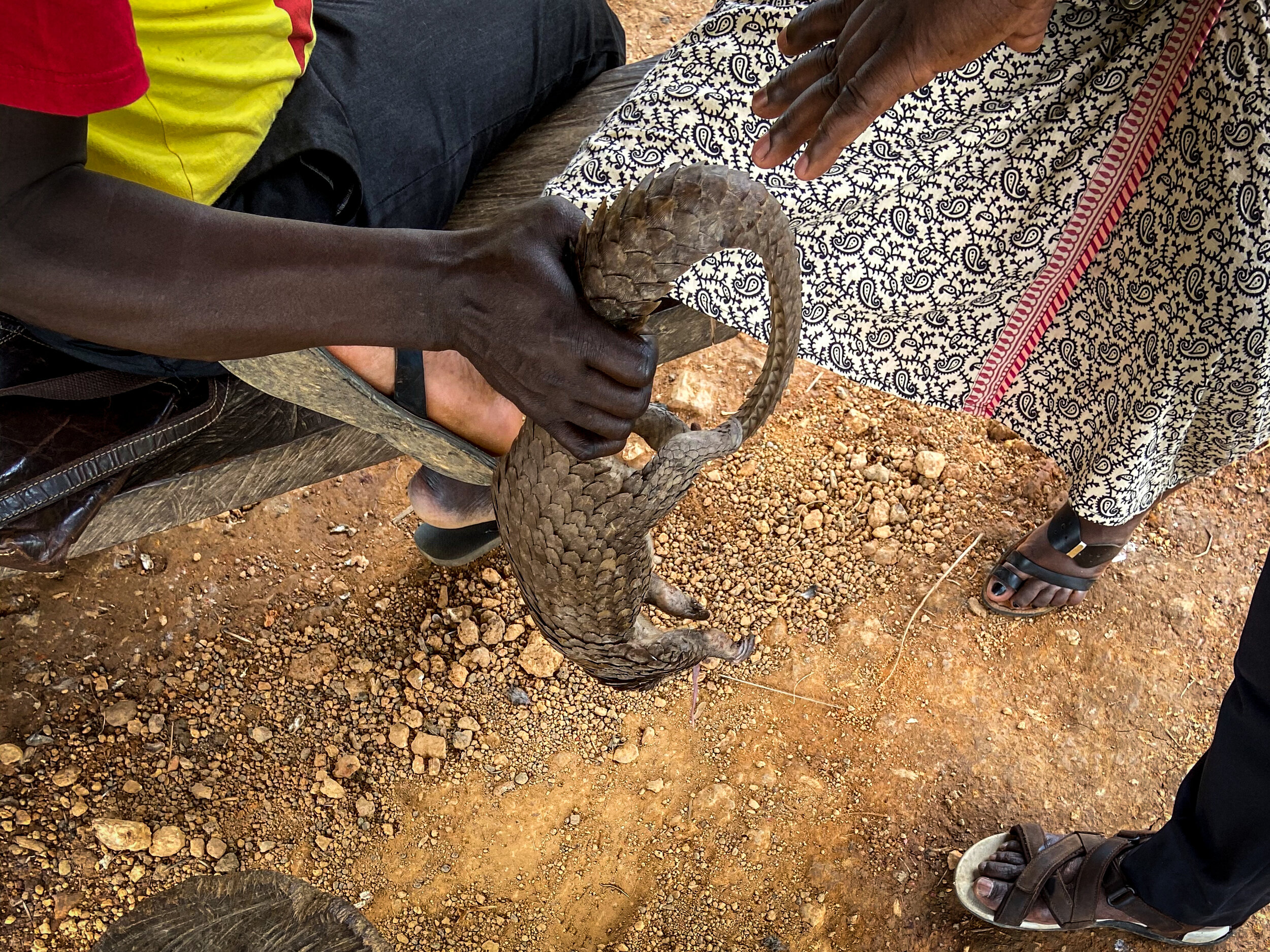
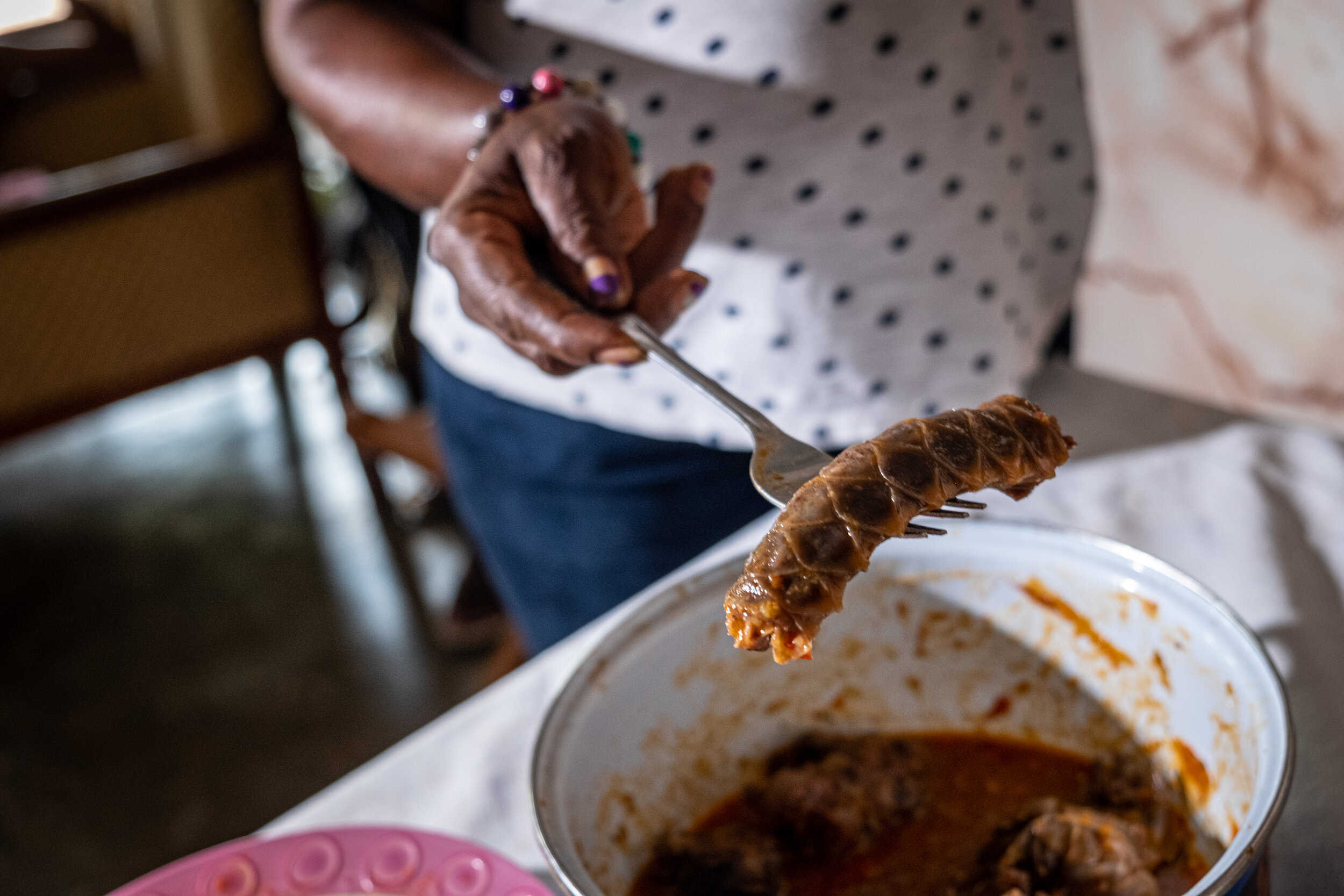
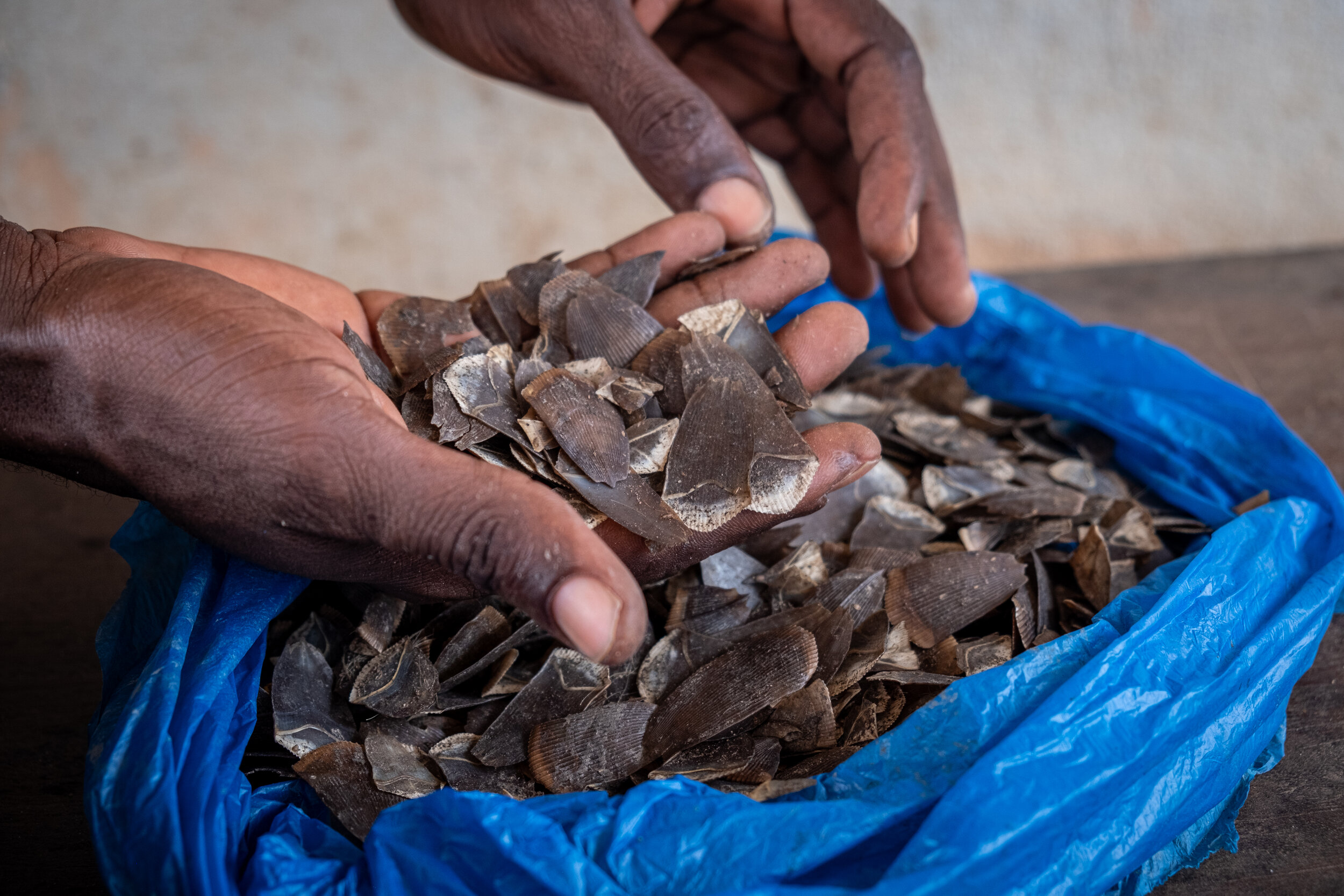

Bushmeat in Ivory Coast: a story for Dutch newspaper Trouw
New work for Dutch newspaper Trouw:
It has been forbidden to hunt for Ivory Coast's pangolins since 1974, but the law has never been maintained. Now it is known that the coronavirus may have been transmitted from animals onto humans through a pangolin, Ivorians are fighting for a ban. But it's not easy.
Now that Ahmed Fofana, 21, is out of work because of the coronavirus pandemic, his grandfather's old shotgun comes in handy. For years it lay in pieces in the shed. "It was no longer used," said Fofana, who took the time to give the weapon a second life. Black, wrapped tape and some simple welding now hold the long barrel and wooden butt together.
Almost every day at dusk, he walks out of his village, the rifle in his hand. Agou, a small town in the southeastern department of Adzopé (Ivory Coast), is surrounded by forests and fields. It's an ideal hunting ground. In the 'brousse', as Ivorians describe wild natural areas, Fofana hunts for his next meal. He sums up the animals he encounters: "Gazelles, deer, hedgehogs, rats, pangolins, snakes". If it's edible, he shoots it.
He prefers to do something else for a living. "But I have no choice," he explains. Due to the corona virus, he lost his job as a moped taxi driver last year. "As the man of the house, it is my job to find food for my family." Read the whole story, by Saskia Houttuin, by following this link.


